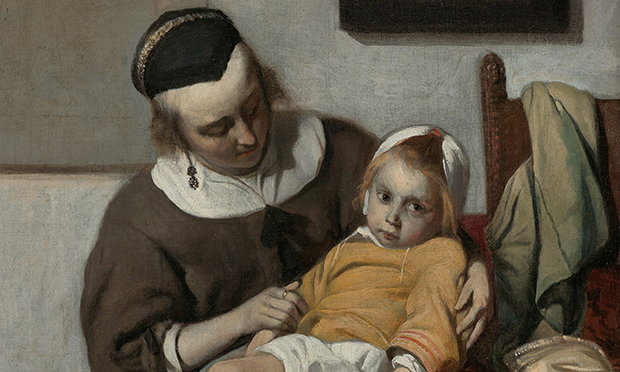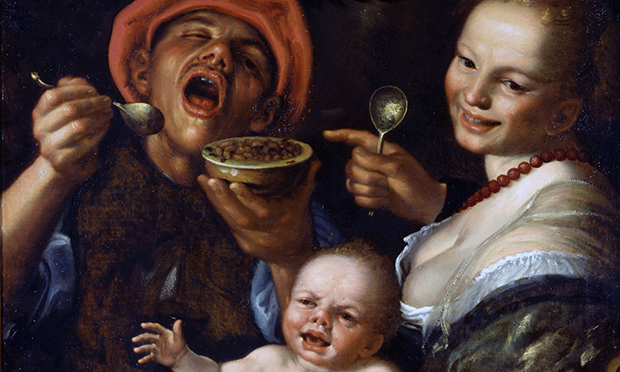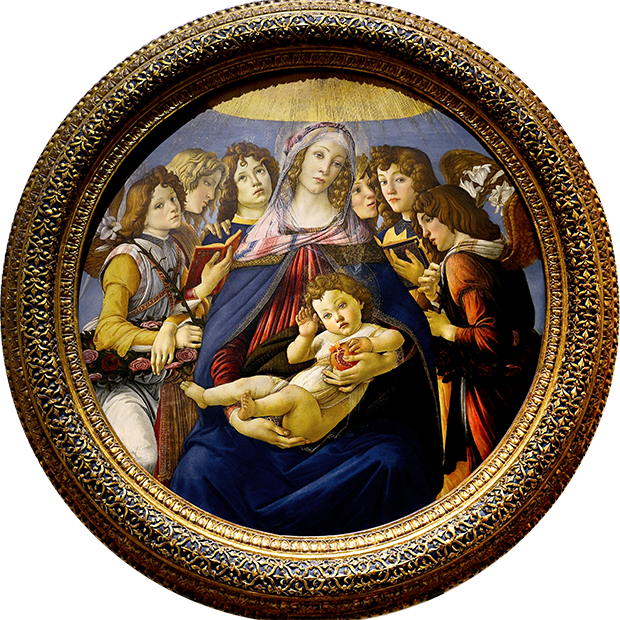What did you eat during Covid, Daddy?

Foie gras to the sound of trumpets? Some did. All those savings made by not eating out in the usual way at our best-loved restaurants helped to justify a splurge when freedom seemed to fall upon us.
Then there were the enterprising establishments that offered us a kit of superb ingredients with recipes and cooking instructions, thus giving confidence to many diffident gourmets.
Adventurous takeaways inspired more exciting home cooking, while the price of a mediocre Deliveroo meal made us sometimes reckless. And yet… and yet… Hackney has the third highest rate of child poverty in the UK.
Child hunger is a problem often overridden by worries over jobs and housing and benefits, something you might be able to sort in a sensible way, given time and money and energy. Totting up the merits of free-range chickpeas against ‘shop-bought’ hummus is a game for the nutritionally secure. We can all figure out that cheap convenience meals promoted by huge international food companies are not intended to improve public health, but to line the pockets of shareholders.

Fortunately for us in Hackney we are able to get real with local shops and markets and inevitably, food banks, learning new ways of cooking well and cheaply, as rationing in World War II did for my generation.
The Citizen tells us about this in detail, and with balance. But behind the facts lies the grim truth that makes writers like Jack Monroe, who have researched this in depth, howl with rage.
There is not a lot of information about hunger and poverty in art. Painters of 16th and 17th century genre scenes were giving their patrons what pleased them – hunger as a comic or diverting condition, like Annibale Carracci’s Bean Eater or the coarse pleasure of a rustic couple in a market scene by Vincenzo Campi, feeding a grizzling bare-bottomed infant a bowl of beans, fraught with the inevitable consequences.
Italian Renaissance depictions of the Madonna and Child sometimes show aspects of child care, but symbolism abounds and can be confusing, where Masaccio’s infant Christ nibbles on grapes, not safe infant food, but signifying the wine of the Eucharist, or the blood of Christ sacrificed for us. Or Botticelli’s pomegranate, again, messy for both child and mother, but symbolising the mass of Christian souls saved by the intervention of Christ.

Apples are really loaded with Classical and Christian symbolism, from the Golden Apples of the Hesperides, a prize for beauty bestowed by Gaia upon Hera, to the biblical fruit of the Tree of Knowledge. The knowledge of good and evil, forbidden to Adam and Eve, was lost through the intervention of the serpent and poor Eve, who gets the blame for wanting to be literate and independent.
In genre scenes from the Netherlands in the 16th and 17th centuries, domestic harmony and security were far from ‘normal’, when Protestant Holland was threatened by the ruthless military power of Catholic Spain on land, or troubled by the vagaries and misfortunes of trade and commerce on the high seas, which made a merchant’s life cruelly uncertain and risky. So a tranquil domestic scene, with a neatly but expensively dressed mother placidly peeling apples, watched by her small daughter, is not just a glimpse of how the ideal life should be, but also a vehicle for sometimes tedious moralising. The apples remind us of not of mother’s apple pie, but a symbol of how a good wife and mother teaches her daughter the difference between right and wrong.
Gabriel Metsu’s painting of a sick child is a moving and comforting image of child welfare during a pandemic, not a deathbed scene. The attentive, concerned mother cares for a little girl with a high temperature and possibly limp with a gastric disorder, in a message of hope, not despair, at a time when bubonic plague carried off ten per cent of the population of Amsterdam.
Caring for what we give children to eat at such a time is a good way to improve our own diet. Having to do without, or change what we do to what’s available, might be like rationing in World War II and help us to eat better.
